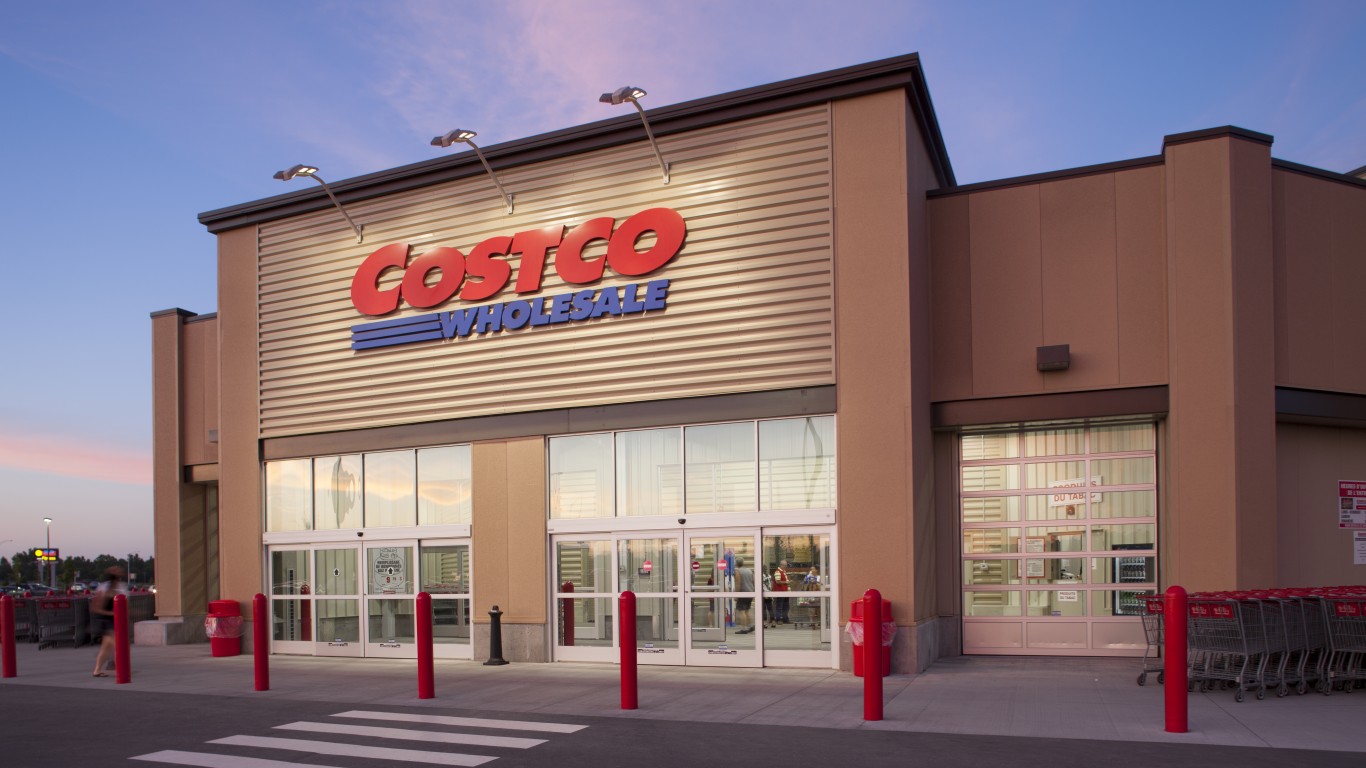
The National Football League (NFL) is inarguably the top sports league in the United States. Television networks pay billions of dollars annually for the right to show NFL games, and to say that the league is protective of its image is, perhaps, an understatement.
Among the league’s top concerns is player drug use, both performance-enhancing drugs and controlled substances like marijuana. One class of drugs the NFL seems less concerned about is opioids, which team physicians prescribe to help players manage the chronic pain that comes with a career in professional football.
Recent high-profile instances of the league’s tough stance on illegal drug use include a 10-game suspension for Buffalo Bills offensive lineman Seantrel Henderson, who uses marijuana to relieve symptoms of Crohn’s disease. That’s a longer suspension than former Baltimore Ravens running back Ray Rice received for violating the NFL’s domestic violence policy a few years ago.
Retired offensive lineman Eugene Monroe told 4sight Health that team doctors prescribed opioids (OxyContin and Vicodin), among other drugs, to treat his pain and to keep him ready to play. Monroe constantly suffered from pain and took the drugs in order to avoid losing playing time. He said:
I was given pills before practice and training, and before, during, and after games. It was beginning to affect my body, my gastro-intestinal system and my personality.
In March of last year, Monroe became the first active NFL player to question publicly the league’s reliance on opioids and its strict anti-cannabis policy. The Baltimore Ravens released him in June and he retired shortly thereafter, following a six-year NFL career that included a stint with the Jacksonville Jaguars. Since his retirement, Monroe uses medicinal marijuana exclusively to treat his pain and joint inflammation.
Former San Diego Chargers offensive lineman Shane Olivea told the Columbus Dispatch that after his 2004 rookie season, there was not one day that he wasn’t high on Vicodin or, eventually, OxyContin. At one point he was taking 125 tablets daily. The Chargers released him in February 2008 when he missed a follow-up test for a previously failed drug test.
There will always be pain in the NFL. The question is how the league deals with it. The league’s current contract with the NFL Player’s Association (NFLPA) continues to govern the use of marijuana. The contract does not expire until 2020, but drug policies are reviewed annually.
A league spokesman told the Washington Post last November:
We continue to follow the advice of leading experts on treatment, pain management and other symptoms associated with concussions and other injuries. However, medical experts have not recommended making a change or revisiting our collectively-bargained policy and approach related to marijuana, and our position on its use remains consistent with federal law and workplace policies across the country. If these medical experts change their view, then this is an area that we would explore.
The NFLPA, however, said it is exploring the issue, according to a Player’s Association spokesman:
Marijuana is still governed by our collective bargaining agreement. And while some states have moved in a more progressive direction, that fact still remains. We are actively looking at the issue of pain management of our players. And studying marijuana as a substance under that context is the direction we are focused on.
In 2014, some 19,000 American deaths were attributed to overdoses of prescription painkillers. But the social stigma built up over more than 70 years of marijuana’s status as an illegal drug is hard to overcome, especially for image conscious businesses like professional sports. A researcher at the University of Michigan says that if you look at which class of drugs works better with fewer side effects, opioids or cannabis, there’s no question that cannabinoids are “more effective” for treating pain.
Maybe more research like that will sway NFL owners. After all, it is in their best interests to take the best care they can of their teams’ players. In part, that would mean getting rid of addicting opioid painkillers in favor of a less lethal option. The NFL could take a powerful stand against opioids, but as long as substances like OxyContin and Vicodin are legal and cannabis is not (at least on a federal level), the league can take shelter behind legal niceties and let its players pay the price in shortened careers and addiction to painkillers.
It’s Your Money, Your Future—Own It (sponsor)
Are you ahead, or behind on retirement? For families with more than $500,000 saved for retirement, finding a financial advisor who puts your interest first can be the difference, and today it’s easier than ever. SmartAsset’s free tool matches you with up to three fiduciary financial advisors who serve your area in minutes. Each advisor has been carefully vetted and must act in your best interests. Start your search now.
If you’ve saved and built a substantial nest egg for you and your family, don’t delay; get started right here and help your retirement dreams become a retirement reality.
Thank you for reading! Have some feedback for us?
Contact the 24/7 Wall St. editorial team.


